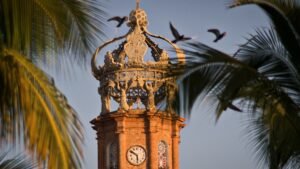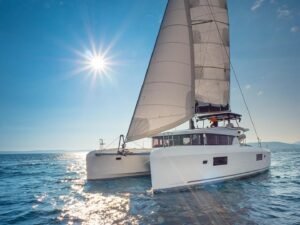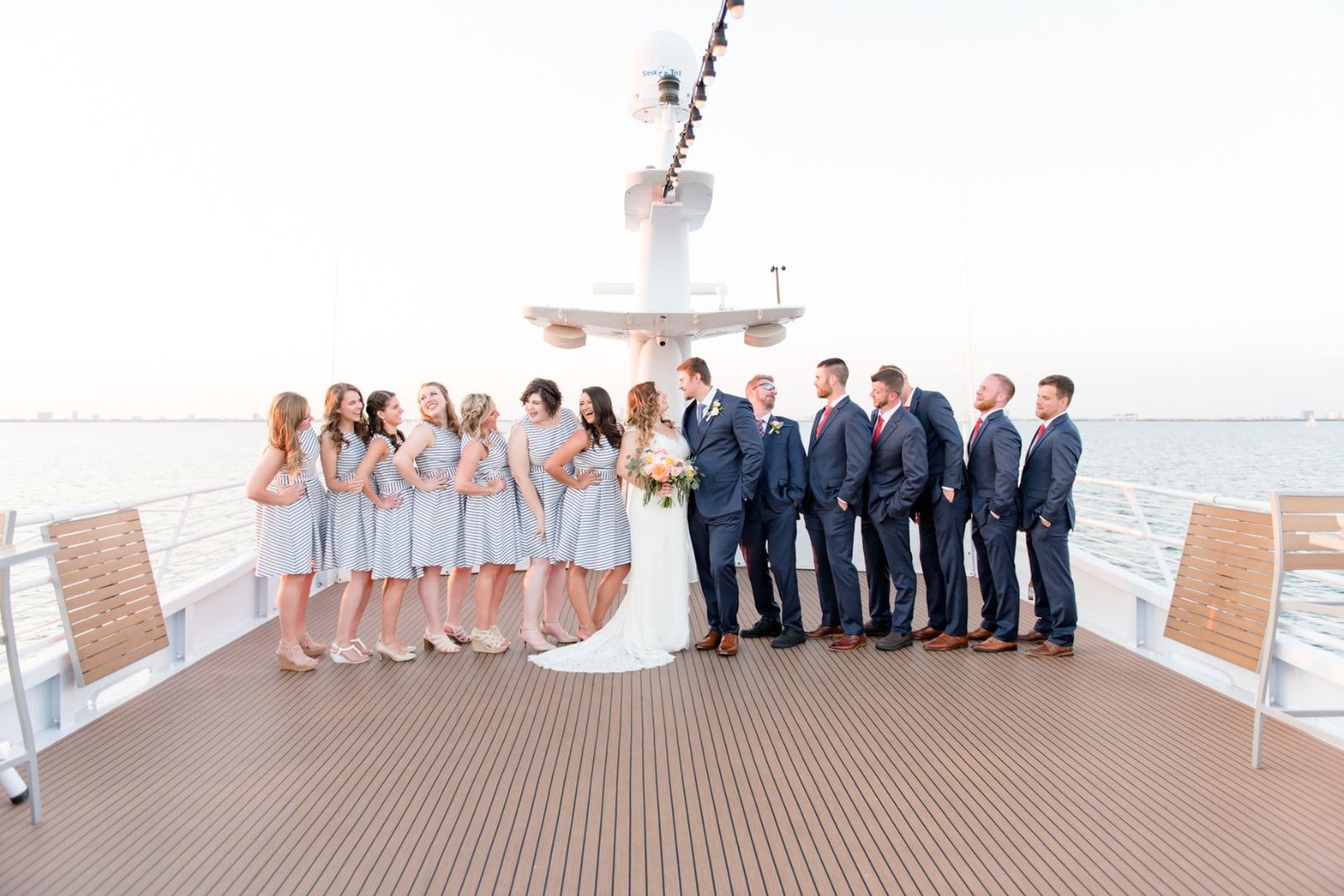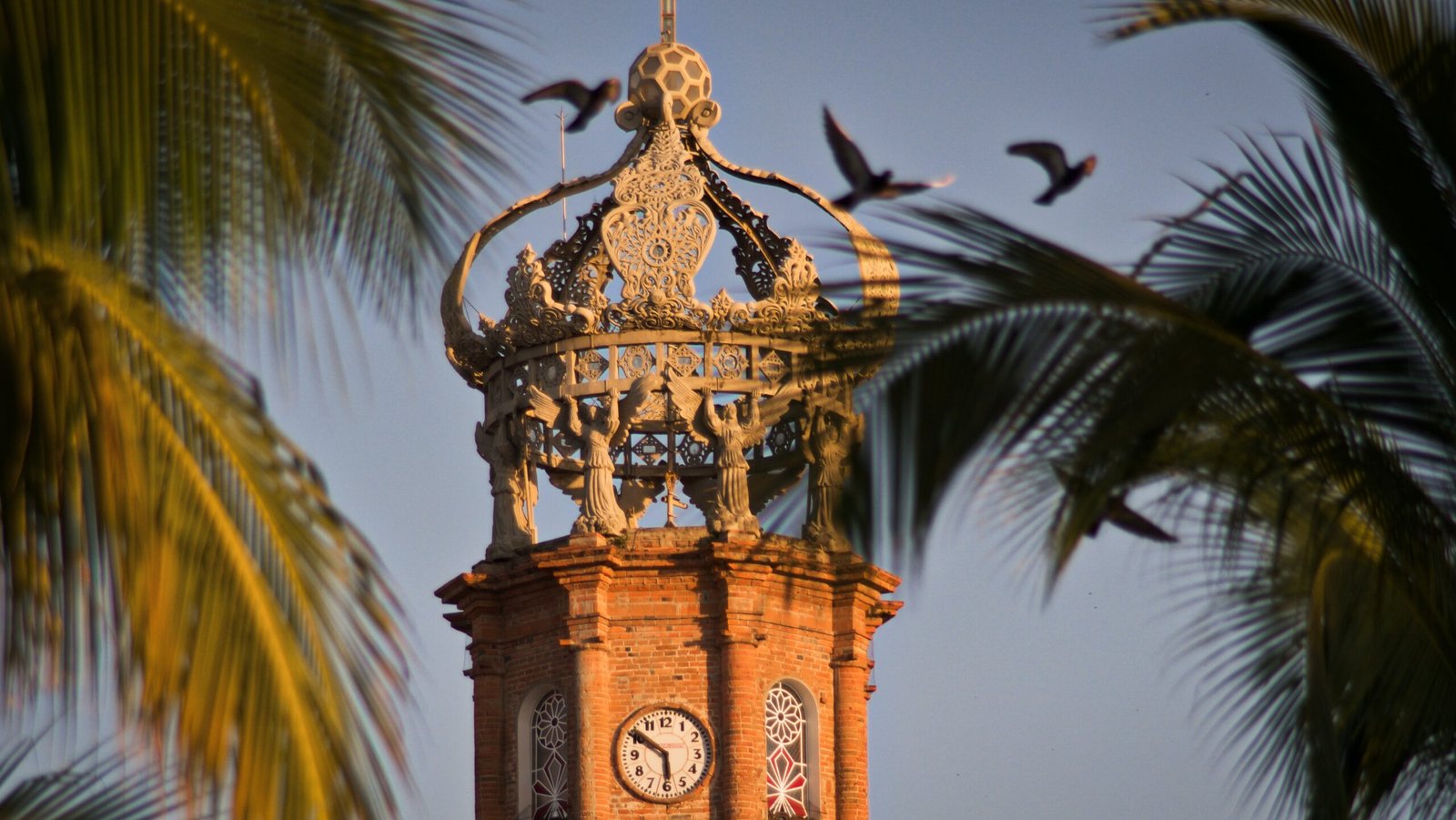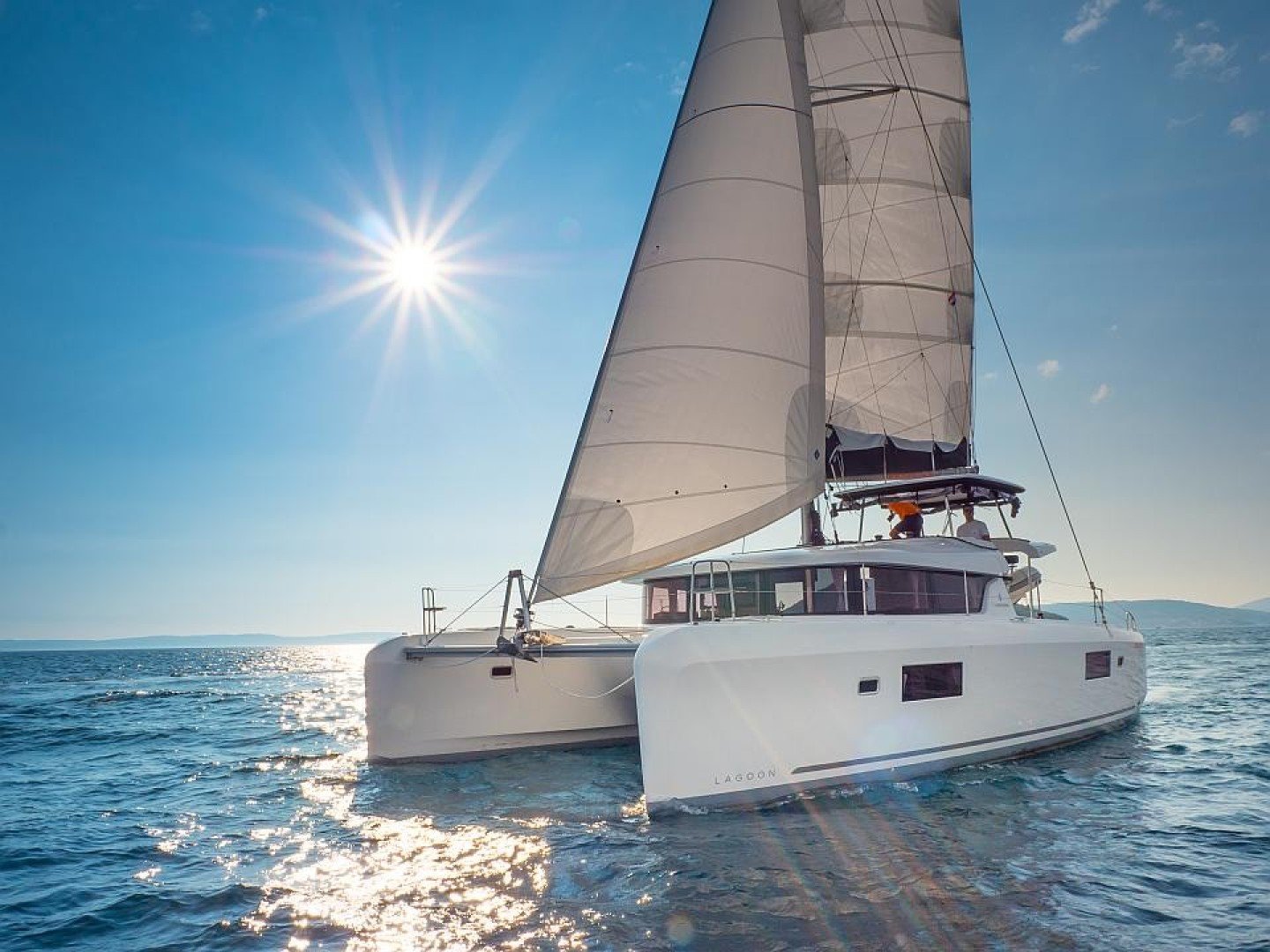Which months do turtles normally hatch in Puerto Vallarta?

From July to December, Puerto Vallarta enters its sea turtle nesting season, with the peak of nesting occurring between late July and early August. After females lay their eggs, they incubate for about 45 to 60 days, resulting in hatchlings emerging from mid-August to early January. While the majority of hatchlings typically appear from October to December, these charming creatures can often be seen on the beach throughout the entire hatching season.
When the baby turtles are ready to hatch, they use a specialized egg tooth to break their way out of the shell. After breaking through, they stay in the nest for a few days before making their way to the ocean, with the light of the moon serving as their guide.
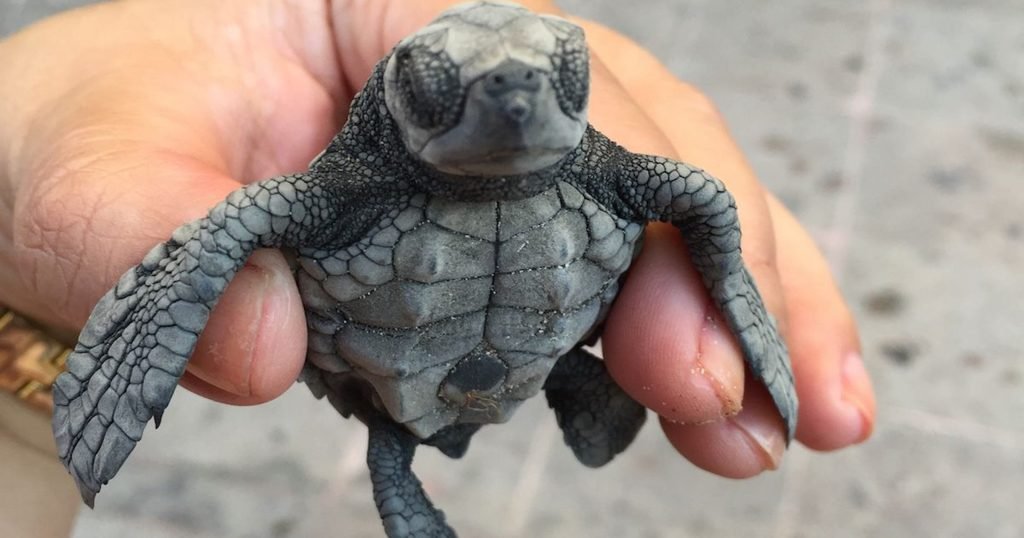
How to make the most of your turtle hatching experience in Puerto Vallarta
-
Join a turtle release program: Witnessing a hatching event can be an unforgettable experience. To increase your chances of seeing this magical moment, we recommend joining a turtle release program. One way to find these programs is by following the Puerto Vallarta Facebook group, which keeps everyone updated on the latest hatching news around the bay. Check out the group here: https://www.facebook.com/campamentobocadetomates/
-
Respect the turtles and their nests: It’s essential to remember that sea turtles are a protected species, and disturbing their nests or interfering with the hatching process is illegal. Always follow the instructions of the turtle release program’s organizers and avoid approaching the turtles or their nests without permission.
-
Be patient: Although turtle hatching season in Puerto Vallarta is a magical experience, it’s essential to keep in mind that it’s a natural process that can’t be predicted with complete accuracy. Therefore, patience is crucial. Take your time and enjoy the beauty of the natural world as it unfolds before your eyes.
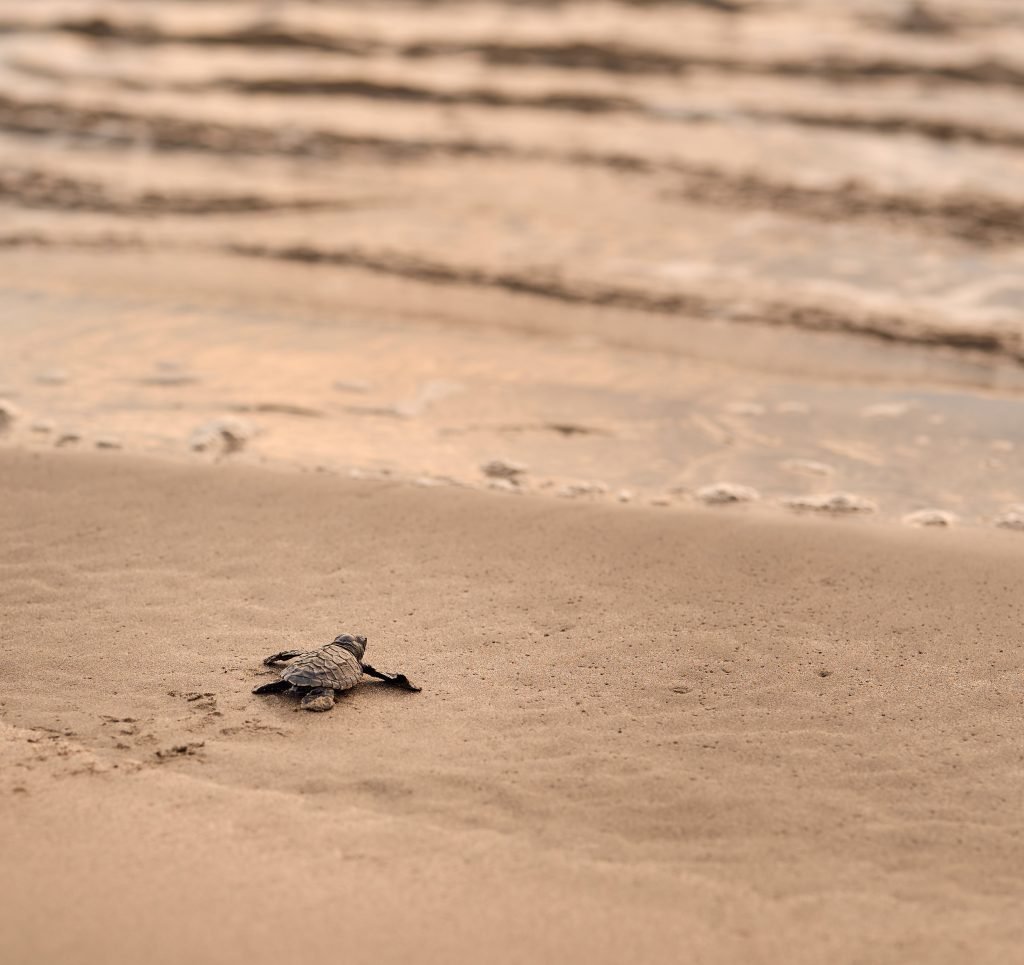
Fun Fact!
A turtle’s shell is made up of fused bones covered by a layer of keratin, the same substance that makes up human hair and nails? This remarkable fact makes a turtle’s shell a unique and highly specialized piece of protective armor. However, there is one exception to this rule. The largest turtle species in the world, the leatherback sea turtle, has a flexible shell that is covered by a layer of skin instead of a hard keratin layer. This feature allows them to dive deeper into the ocean than any other turtle species.
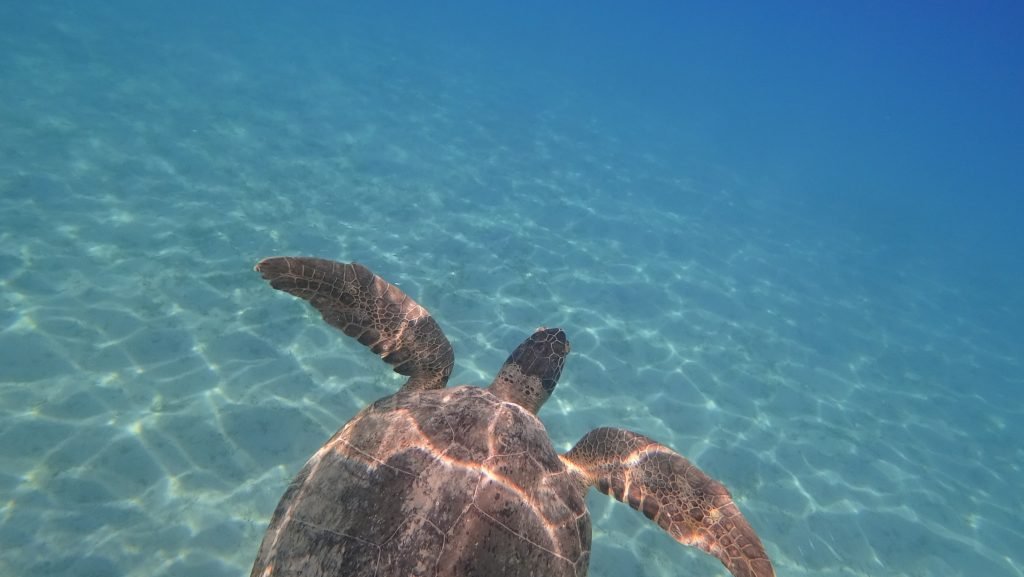
Which turtle species is the most common in the bay of Banderas?
The Olive Ridley sea turtle is the most abundant sea turtle species in the area and can be found nesting on beaches in the region from June to December. The Pacific Green sea turtle can also be found nesting on beaches in the region from June to November.
Other sea turtle species that have been recorded in the Puerto Vallarta area include the Loggerhead sea turtle (Caretta caretta), the Hawksbill sea turtle (Eretmochelys imbricata), and the Leatherback sea turtle (Dermochelys coriacea), but these are less common. Most of these turtles lay anywhere from an average of 80-100 eggs at a time. Unfortunately many of the babies are picked off by birds and marine animals when they’re young, so nearly all but one or two out of 100 will survive to adulthood.

More insights into the Olive Ridley and Pacific Green turtle species:
The Olive Ridley turtle is the smallest and most abundant of the sea turtles, with an average length of 60-70 cm and a weight of 40-50 kg. They are named after their olive-colored shells, and can often be seen nesting in large groups on beaches in Puerto Vallarta and other coastal areas of Mexico.
The Pacific Green turtle, on the other hand, is a larger species of sea turtle, with an average length of 1.2 meters and a weight of up to 230 kg. They are named after the greenish color of their fat and flesh, and are known for their distinctive heart-shaped shells. These turtles are known to migrate thousands of kilometers each year, and can often be seen in the waters around Puerto Vallarta during the summer months.
Both of these sea turtle species are endangered, and are protected under Mexican law. Many conservation efforts have been put in place to protect their nesting beaches and monitor their populations, including the creation of turtle sanctuaries and the implementation of strict regulations on fishing practices.
We hope you have the chance to witness a mother digging her hole on the beach and laying her eggs, or admiring the inherent instinct these baby turtles have by knowing where they must go once they break the egg open. Another one of mother natures incredible cycles of life on display for us here in beautiful Puerto Vallarta. On our yacht charter excursion we often find adults swimming on the surface which is always a treat. For more information and booking your next trip on the water, Palmara Charters today!
For ALL other things Vallarta, don’t forget to download our eBook “100 Things to-do in Puerto Vallarta.”



